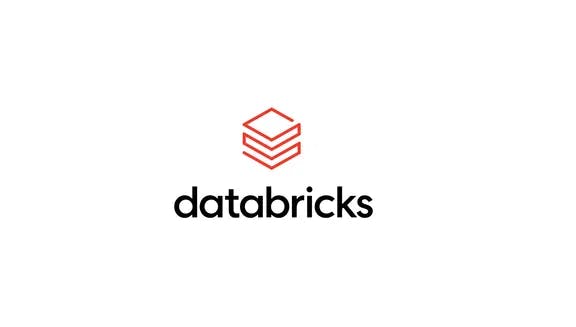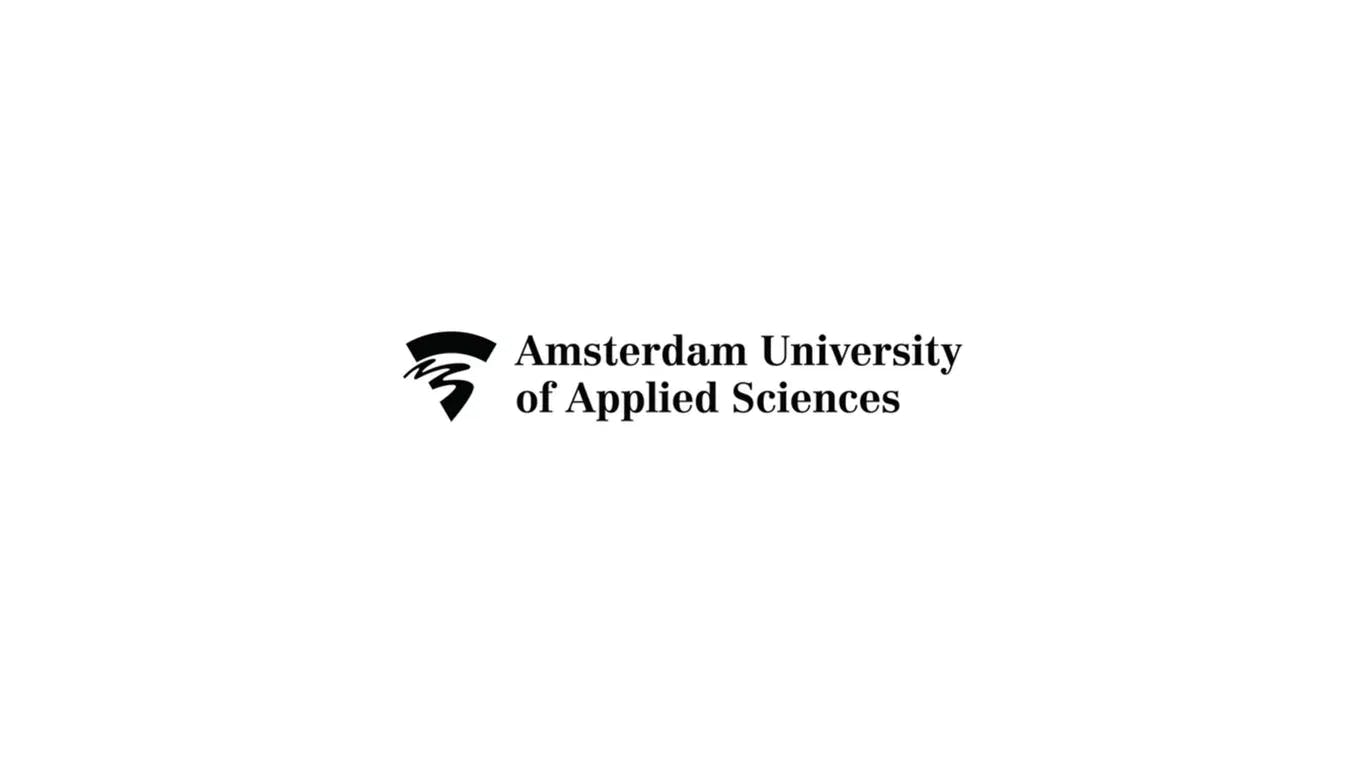
Amsterdam's Expertise Centre uses co-creation to build applied AI
Dozens of shapes move through the image. People, pigeons, and vehicles criss-cross each other’s paths. An artificially intelligent algorithm analyses the video recordings of the scene, with one goal: to count how many people get in and out of taxis at Amsterdam Central Station.
The AI’s skills are beyond question. Using millions of examples, it has taught itself, under supervision, to recognise moving people and cars flawlessly. But confronted with the chaos of Amsterdam Central Station, including passing cyclists and screen-filling trams, the AI begins to stutter. 10 people just got out of one taxi at the same time, the algorithm reports.
Nanda Piersma cites the anecdote with a smile. For the scientific director of the Expertise Centre Applied AI (ECAAI), it is no longer news that algorithms that work well enough in a ‘clean’ and controlled setting can sometimes stumble in unpredictable urban environments.
“That in itself is understandable, but if we want to share the fruits of the AI revolution with society as a whole, it is crucial to make that last translation as well. To concrete applications of AI that local businesses, governments, and citizens can actually work with.”
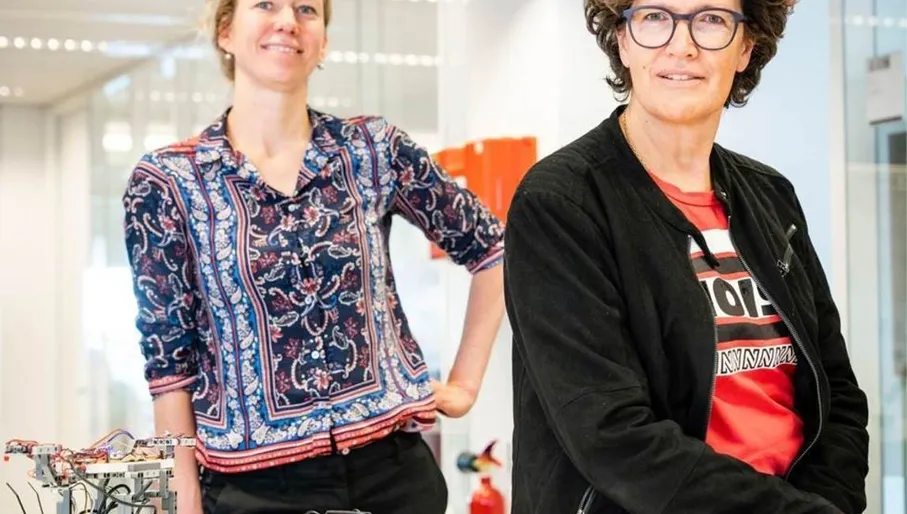
The ECAAI of the Amsterdam University of Applied Sciences (AUAS) has an edge in this vital task, thanks to its deep roots in the practical world.
“Academic institutions conduct pioneering research; we build useful applications. That is why collaboration in Amsterdam is so important. If we create an AI to analyse the structural strength of Amsterdam’s bridges and quay walls, that really doesn’t have to result in PhDs. Above all, it should prevent those structures from collapsing. Revolutionary AI and applicable AI are two totally different things, but they need each other.”
Co-creation ensures useful solutions
What is essential for building practical AI is demonstrated by the way the seven different AI Labs of the ECAAI work. Companies or other parties can develop in co-creation solutions to the issues they are struggling with, with experts, programmers, and students in any lab.
For example, the legal tech lab works closely with ARAG, a legal aid provider, to train algorithms that can assess whether a battle for higher severance pay is a good idea. Together with ZiggoVodafone employees, the Responsible AI lab is trying to improve the AI that can see from a photo of the meter cupboard whether a mechanic is needed to install Ziggo’s decoder. “That can save a lot of frustrating customer service calls. Research has shown that customers regard this as the most important irritation factor,” says Katrien de Witte, operations director of the ECAAI.
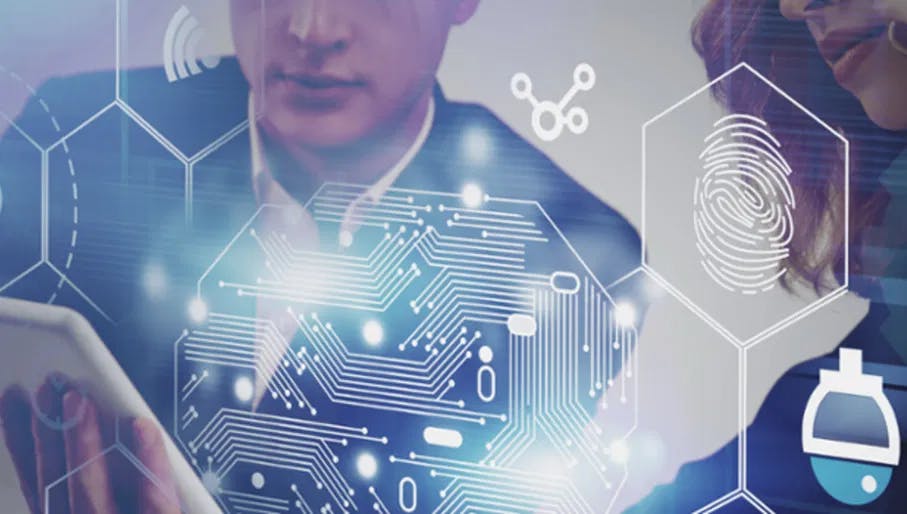
Co-creation is the absolute core principle within every AI lab, Piersma emphasises. “We don’t write algorithms off the cuff just because they seem brilliant. We listen closely to the people in the field. They are the experts on the ground and understand best where the practical problems lie. So, when it comes to healthcare issues, we work with nurses. When it comes to garbage disposal, we stand side by side with the garbage collector. That’s what we mean by co-creation.”
The scientific director knows plenty of examples of ingenious solutions that do not work in practice due to poor co-creation. Like the smart respirators. These high-end devices have sensors and algorithms that allow them to accurately measure how much breathing support an ICU patient needs. This is an excellent innovation, as complete assumption of the respiratory function can leave a patient severely weakened over time.
Several Dutch hospitals have, therefore, purchased these smart respirators. Piersma: “But what do we see in practice? Doctors and nurses in the ICU turn off the smart feature. They don’t trust it when suddenly there is hardly any oxygen being supplied. Does the patient really no longer need oxygen, or is the device faulty and is the patient dying? Because the perspective of the workers was not taken into account sufficiently during development, there is a lack of trust in the AI and its impressive capabilities remain untapped.
Social robots that help enhance experience
The Centre for Market Insights, one of the seven AI labs, is proving things can be done differently. The CMI has focused on a common problem: the deterioration of shopping centres. Brick-and-mortar shops are losing the battle with online shopping and the vacancy rate is increasing throughout the country. “Ideally, shopping centres would develop into areas of experience”, says De Witte, “where you go not only for a T-shirt and a box of oatmeal, but to experience a special day.”
Sounds good, of course, but what exactly is needed for that transformation? One possible solution lives at the Wibauthuis, the main building of the AUAS. Sometimes you will meet her in the corridors: a white, smooth, 120-centimetre-long entity. Anyone who wants to can start a conversation with her, because Pepper is considered the world’s most advanced programmable social robot. Thanks to an arsenal of sensors, she can recognise human emotions and respond to them.
AUAS purchased Pepper to experiment, together with retailers, with possible roles that robots could play in shops in the future, for example, as a mobile helpdesk, or as a coronavirus-immune host, or child-friendly attraction. “The retailers are involved in every step of the project chain,” says De Witte. “So, they won’t get a talking robot in their shop that they eye with suspicion.”
Suspicion and scepticism are always stumbling blocks on the road to the smooth implementation of artificial intelligence, ECAAI’s director duo knows.
In discussions with parties from the construction sector, healthcare, and education, they sometimes notice strong resistance and fear. Algorithms and robots might take away jobs and dehumanise work. Co-creation can put an end to that fear, Piersma believes. “For us, the focus is always on the human being. For example, together we will discover how AI or Data Science can help employees on the floor to spend less time on ‘robotic’ tasks, such as administration, thereby freeing up time for individual attention to pupils and patients. Artificial intelligence can humanise our society. That awareness helps organisations to become AI-ready.”
Smart rugs and other uses for AI in the future
Nanda Piersma herself has been AI-ready for decades. She grew up on a diet of science fiction books and series. “Anyone who works with Nanda for some time will automatically look at the world through an optimistic AI lens. Soon you realise there are still so many untapped possibilities. Although she is sometimes a few steps ahead of me”, De Witte admits.
Where one person would find a smart vacuum cleaner interesting, Piersma is already thinking about smart rugs that automatically remove dust and crumbs. “Believe me, we are only at the beginning of the AI revolution,” says Piersma. She points to a table in the Leeuwenburg building, on which a Lego robot is driving, programmed by AUAS students. “The time when only students from technical programmes have to deal with AI is over. Based on the experiences in the labs, we want to upgrade all programmes, so that soon all 55,000 students here will be AI-ready in terms of knowledge and mindset. All the professions we train them for will change under the influence of AI. There is still a lot to be gained. And if we continue to put AI at the service of people, instead of the other way around, it will be a very nice and interesting world.”
This article first appeared in a special AI edition of New Scientist.
Related articles
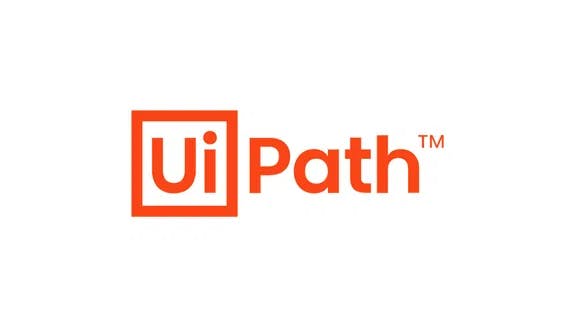
UiPath is improving lives with the power of AI
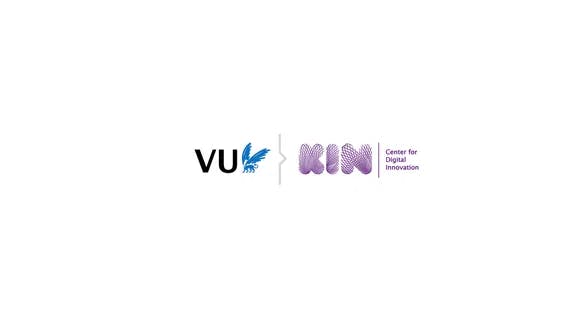
How KIN helps firms understand their AI needs
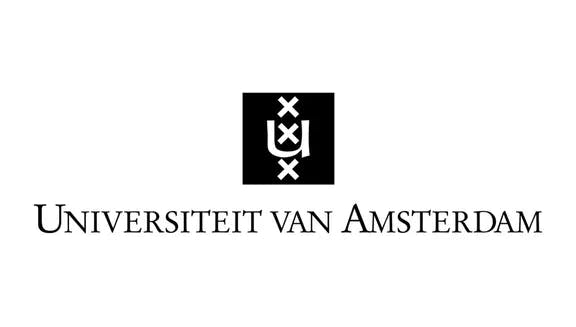
UvA's Natali Helberger discusses the appeal of AI studies in Amsterdam
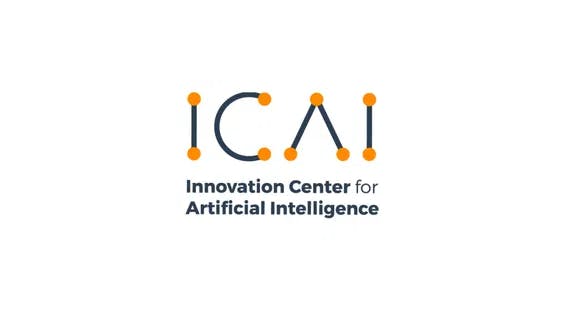
How the Innovation Centre for AI is creating a world-leading solutions
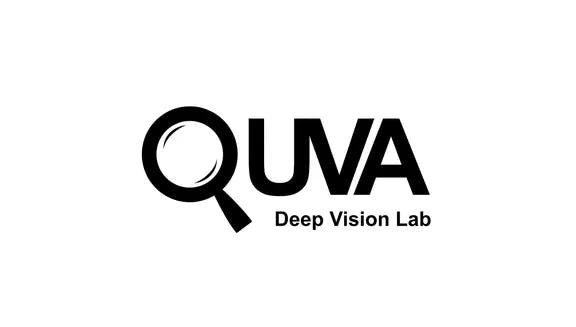
QUVA Lab cultivates computer vision

How Qualcomm makes life better with AI
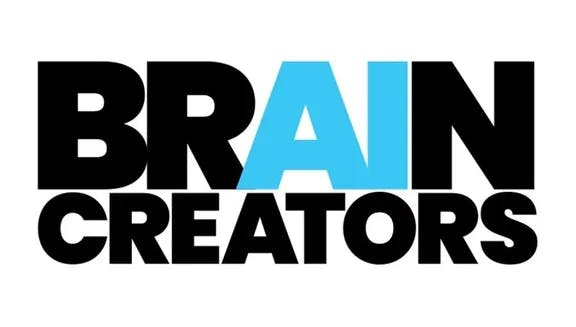
BrainCreators uses AI to help businesses embrace automation
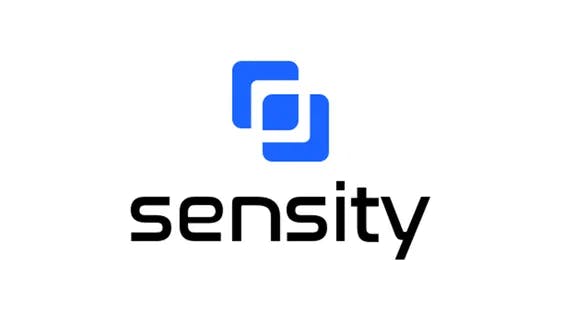
Sensity deepfake detection

Aigency
